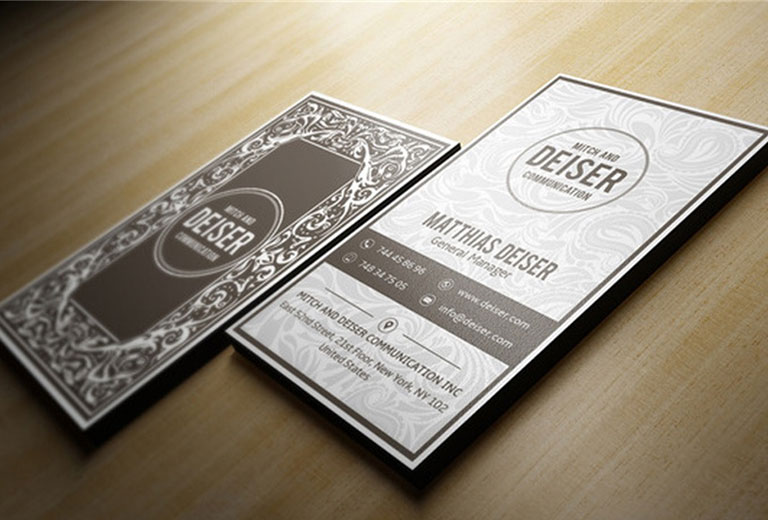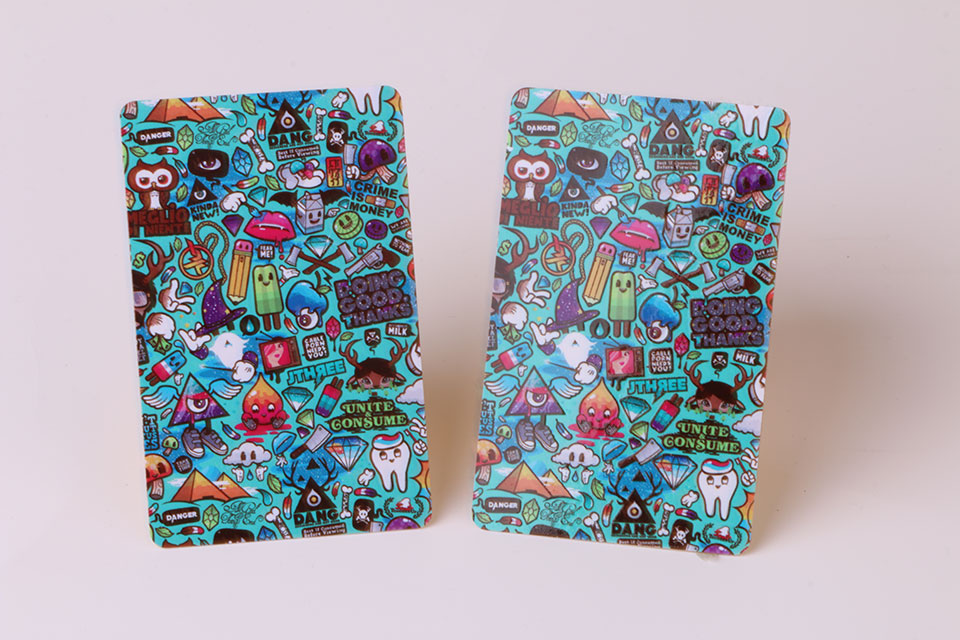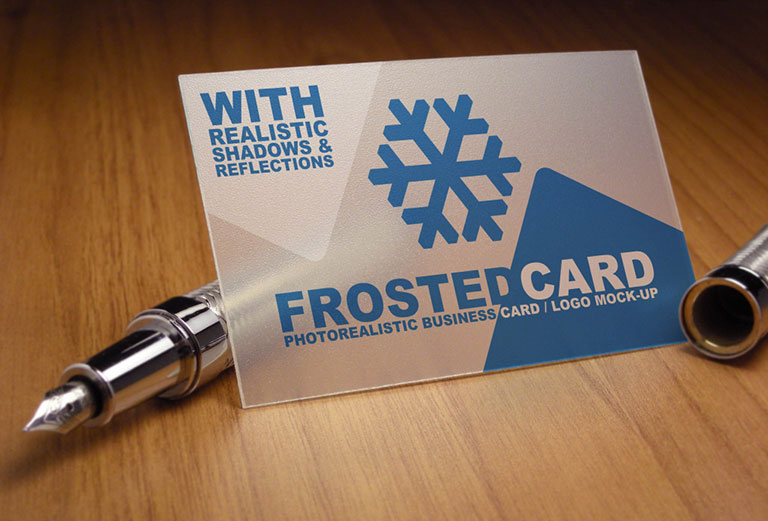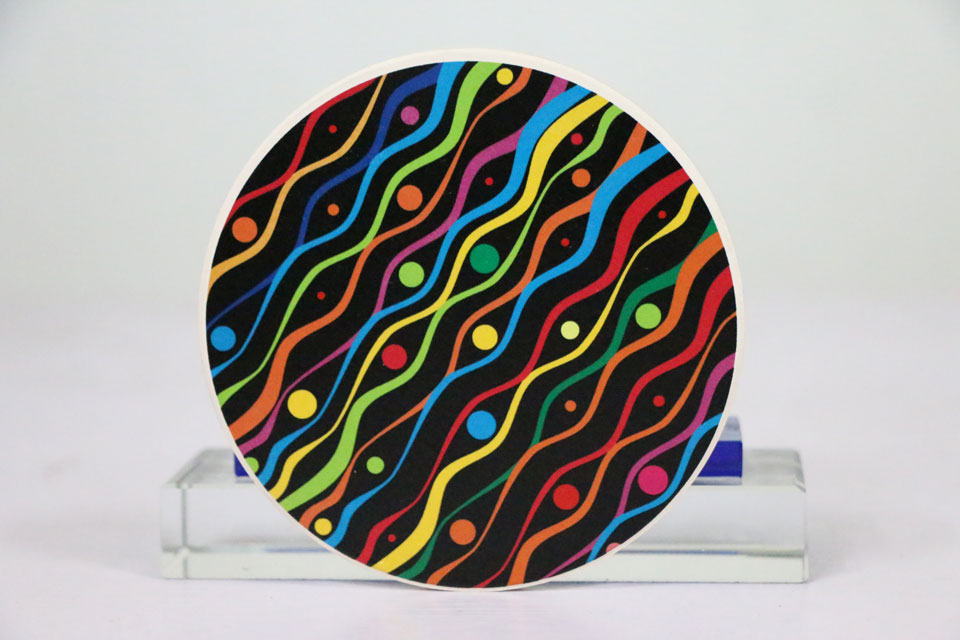Maximizing Brilliance: Mastering UV Printer Settings for Optimal Media Reflectivity
In the intricate art of UV printing, the interplay of media reflective intensity is a critical, yet often overlooked factor that profoundly influences the visual appeal of your printouts across diverse lighting scenarios. Whether you’re printing on traditional substrates like paper and fabric or venturing into the realms of metal and alternative materials, grasping the nuances of how each medium reflects light can drastically transform the perceived quality of your prints with UV printer.
This post delves into the essence of media reflective intensity, illuminating its significance in UV printing and providing practical insights on leveraging this knowledge to elevate your printing projects to new heights of excellence.
Unraveling Media Reflective Intensity
At its core, media reflective intensity encapsulates a material’s capacity to bounce back light. The interaction between light and material is nuanced, heavily influenced by the medium’s surface characteristics and composition. High reflectivity exudes a lustrous, vibrant look, while lower reflectivity gifts a soft, matte aesthetic.
Key influences include:
– Surface Texture: Gloss emerges from smooth surfaces, whereas a rugged texture diffuses light, crafting a matte visage.
– Material Composition: Metals and polished plastics boast high reflective intensities, contrasting with the softer glow from textiles or plain paper.
– Ink and Finish: The choice of ink and finish applied can amplify or soften a material’s reflective nature, with glossy enhancements brightening and matte finishes toning down reflectivity.
Why Media Reflective Intensity Matters in Printing
Understanding reflective intensity is crucial for several reasons, particularly in visual design, marketing, and product branding. Here’s why it matters:
– Color Accuracy: Reflective intensity affects how colors appear to the human eye. Highly reflective surfaces can make colors look more vibrant or exaggerated, while less reflective materials may mute the colors. If color consistency is vital for your project, it’s essential to choose the right media and ink combination to get the desired effect.
– Readability: In signage, packaging, and other forms of printed media, readability is often key. If you’re printing on a highly reflective material, glare can make text difficult to read under bright lighting. Conversely, a matte finish can improve readability by reducing reflections.
– Aesthetic Impact: The overall visual impression of your print is influenced by how light interacts with the material. Glossy materials tend to give a sleek, modern feel, while matte materials convey a more subdued or professional look. Understanding reflective intensity allows you to choose the right media for the aesthetic you’re aiming for.
– Practicality in Various Settings: Depending on where the printed material will be used, reflective intensity may play a functional role. For example, in outdoor advertising, reflective surfaces can enhance visibility at night when lit by streetlights or vehicle headlights. In contrast, matte finishes might be better suited for indoor displays where controlled lighting prevents glare.
Navigating Reflective Media in UV Printing
UV printing introduces an array of media with distinct reflective properties:
– Glossy Media: High reflective intensity. Ideal for designs where brightness and vibrant colors are desired. Commonly used for posters, brochures, and photographs.
– Matte Media: Low reflective intensity. Provides a non-glare finish, often used in professional printing such as business cards, reports, or fine art prints where readability and a smooth texture are priorities.
– Metallic Media: These surfaces have a very high reflective intensity and are often used in luxury packaging, event invitations, or products that need a shiny, eye-catching finish.
– Satin or Semi-Gloss Media: Offers a middle ground between gloss and matte. It provides some reflection without overwhelming glare, making it versatile for various types of prints.
How to Choose the Right Media for Your Project
When selecting media for your print job, consider the following factors:
– Lighting Conditions: Where will the final print be displayed? For instance, outdoor prints may benefit from a higher reflective intensity for visibility at night, while prints in well-lit indoor environments may require less reflectivity to avoid glare.
– Purpose of the Print: If the print is meant to convey information (like text-heavy documents or instructional signage), it’s better to use low-reflective materials for clarity. On the other hand, if the print is intended to grab attention or create a strong visual impact (like posters or advertisements), a glossy or metallic media might be more suitable.
– Aesthetic Goals: Your brand’s image and the feel you want to convey should guide your choice of media. Glossy materials tend to evoke a more modern and luxurious vibe, while matte finishes can feel more understated or elegant.
Enhancing Prints with the Right Ink and Coatings
Beyond choosing the media itself, inks and coatings also play a role in determining reflective intensity. Here’s how they can impact your project:
– Glossy Coatings: Applying a glossy coating over your print can increase the media’s reflectivity, making colors look richer and the design more eye-catching. However, be mindful of glare if the print will be viewed under bright lights.
– Matte Coatings: Matte coatings will reduce reflection, which can be especially useful for printed materials that are intended to be read or viewed for long periods, like menus or manuals.
– Spot UV Coating: Spot UV allows you to selectively enhance certain areas of a print with a high-gloss finish, creating a contrast between reflective and matte areas. This is often used for logos, headings, or design elements that need to stand out.
Testing Reflective Intensity
Before finalizing your print project, it’s a good idea to test how your chosen media reflects light. Consider printing a small sample and viewing it under different lighting conditions to see how it performs. Pay attention to:
– Color shifts in different lighting
– Glare and readability from various angles
– How the overall visual impact changes in different environments
This kind of testing can save you from unexpected results and help ensure that your final product looks exactly how you envisioned.
Harnessing Reflective Intensity: A Conclusion
Understanding and mastering media reflective intensity is indispensable in unlocking the full potential of your UV printed materials. By thoughtfully selecting your media and finishes with an eye toward how light impacts your creations, you can achieve breathtaking results that resonate with your audience and uphold your brand’s promise of quality and innovation. Begin your journey today toward more vibrant, impactful UV print projects by considering the subtle, yet powerful, influence of reflective intensity.
Tags :
Knowledge & Stories| M | T | W | T | F | S | S |
|---|---|---|---|---|---|---|
| 1 | 2 | 3 | 4 | 5 | 6 | |
| 7 | 8 | 9 | 10 | 11 | 12 | 13 |
| 14 | 15 | 16 | 17 | 18 | 19 | 20 |
| 21 | 22 | 23 | 24 | 25 | 26 | 27 |
| 28 | 29 | 30 | ||||
Recent Posts
- Ultimate Guide to UV Printing: Insider Tips and Tricks
- Before You Invest: Choosing a Large Format Flatbed Printer
- Maximizing Brilliance: Mastering UV Printer Settings for Optimal Media Reflectivity
- The advantages of using a WER UV printer for large format printing (2)
- Achieve Stunning Results in Home Décor and Architectural Design with UV Printer
Archives
- January 2025
- November 2024
- September 2024
- March 2024
- December 2023
- November 2023
- October 2023
- May 2023
- March 2023
- February 2023
- January 2023
- December 2022
- November 2022
- October 2022
- September 2022
- February 2022
- January 2022
- December 2021
- November 2021
- October 2021
- September 2021
- August 2021
- July 2021
- June 2021
- May 2021
- April 2021
- March 2021
- February 2021
- January 2021
- December 2020
- November 2020
- October 2020
- September 2020
- August 2020
- July 2020
- June 2020
- May 2020
- April 2020
- March 2020
- February 2020
- January 2020
- December 2019
- November 2019
- October 2019
- September 2019
- August 2019
- July 2019
- June 2019
- May 2019
- April 2019
- March 2019
- February 2019
- January 2019
- December 2018
- November 2018
- October 2018
- September 2018
- August 2018
- July 2018
- June 2018
- May 2018
- April 2018
- March 2018
- February 2018
- January 2018
- December 2017
- July 2016
- June 2016
Recent Posts
- Ultimate Guide to UV Printing: Insider Tips and Tricks
- Before You Invest: Choosing a Large Format Flatbed Printer
- Maximizing Brilliance: Mastering UV Printer Settings for Optimal Media Reflectivity
- The advantages of using a WER UV printer for large format printing (2)
- Achieve Stunning Results in Home Décor and Architectural Design with UV Printer




Recent Comments